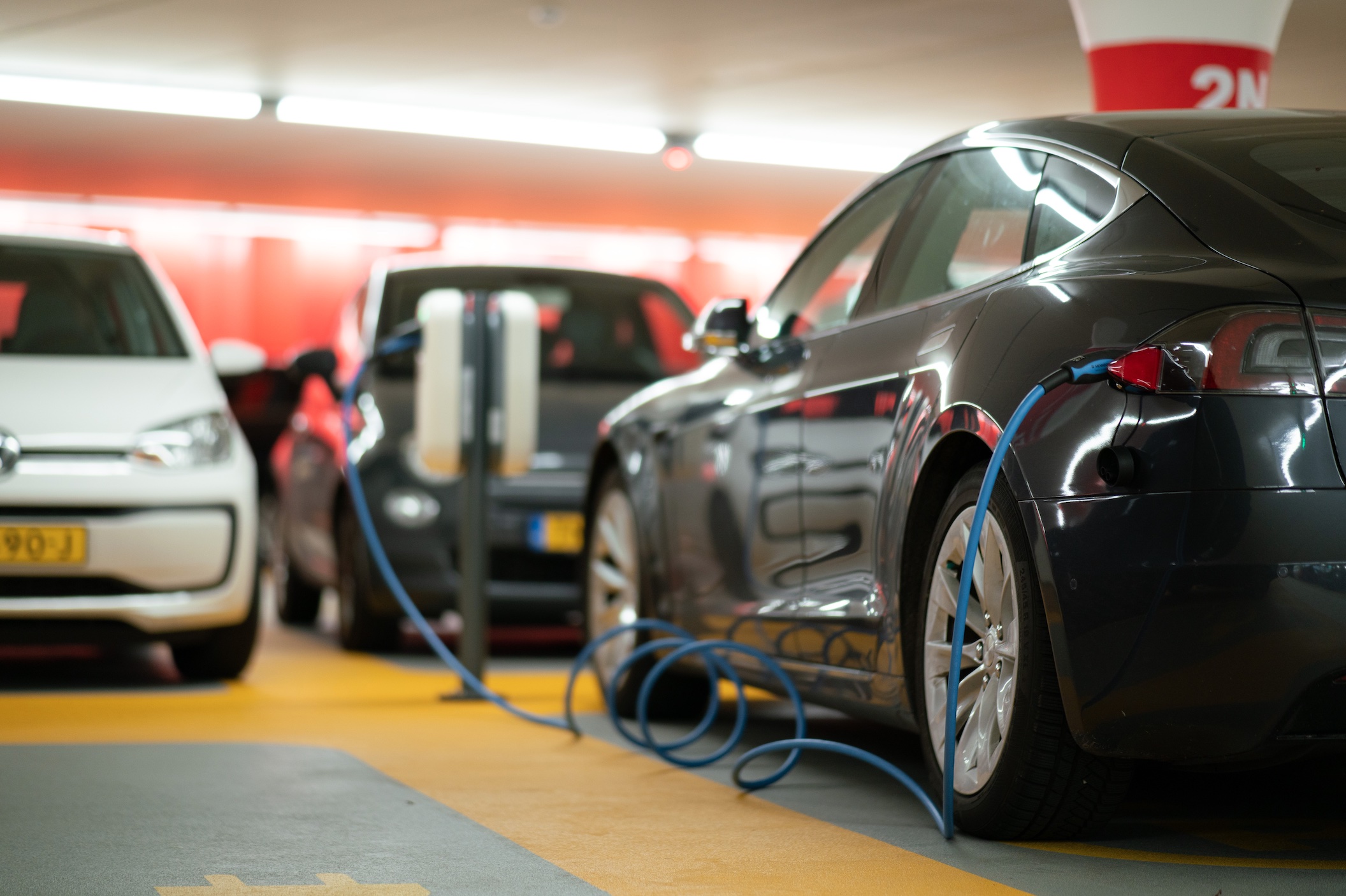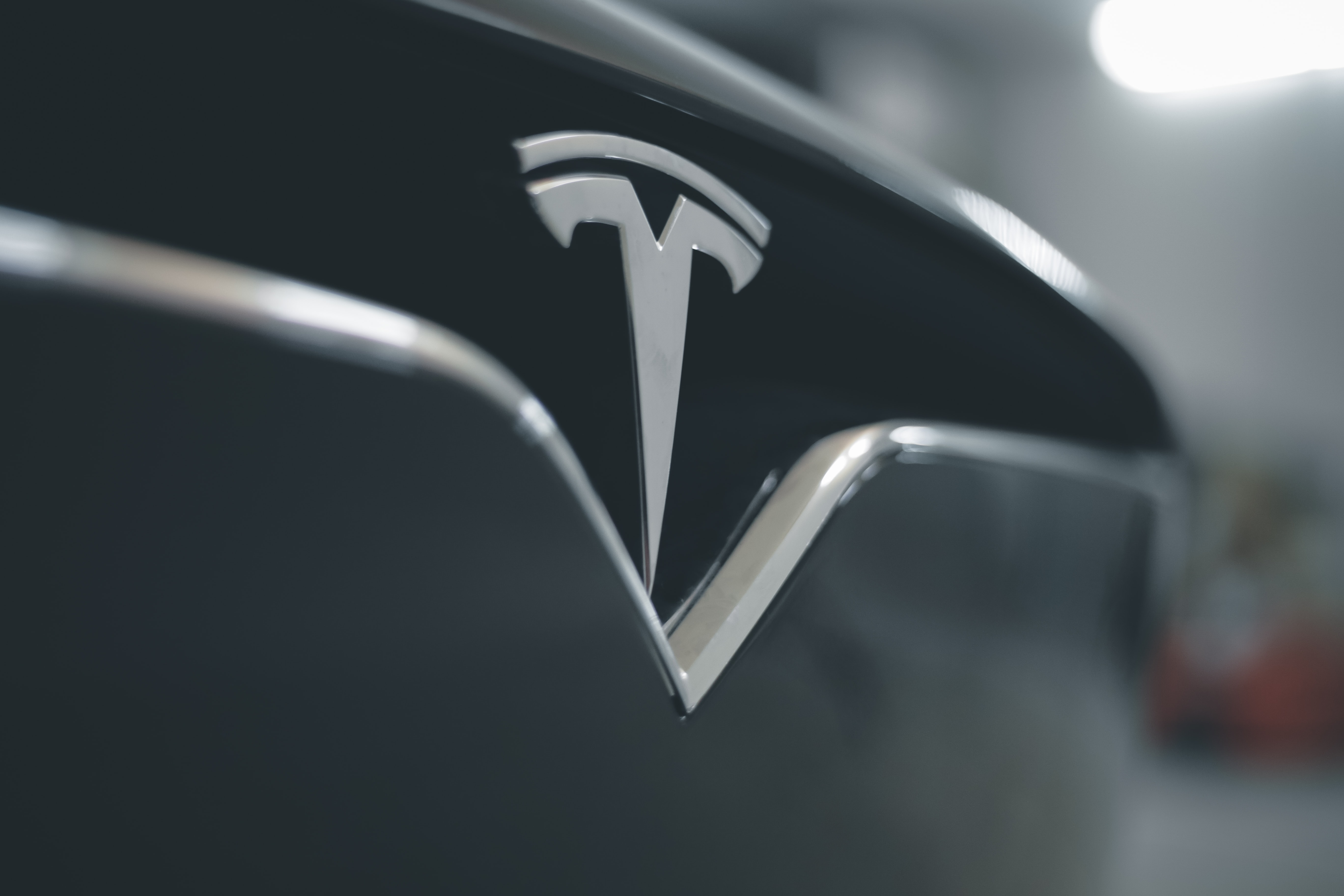Policymakers need to take a balanced approach and ensure that the shift towards EVs is actually, really sustainable and has only positive effects on the environment.
The auto industry world over is making a shift towards electric vehicles, primarily because many nations believe the switch to electric vehicles would help curb vehicle pollution and cut down on tailpipe emissions. That argument is acceptable; EVs indeed are clean machines. Moreover, even from the performance point of view, EVs are far better than their gas-powered counterparts. For instance cars like the Porsche Taycan or the Tesla Model S Plaid can smoke apart any high-performance, gas-guzzling supercar and rip them on the race track.
The specs, the numbers, the performance, and the fact that it isn’t directly harming the environment might make EVs look like a very promising proposition. However, there’s a catch, EVs are not entirely non-polluting as you might think. It’s not that EVs have no environmental impact at all; in fact, there’s a whole bunch of people who argue that EVs and manufacturing their components might just have a worse impact on the environment and climate change.
Electric vehicles use a lot of magnetic materials and most of these magnetic materials can be found in the motors and the drives, especially in the ones that employ permanent magnet electric motors. About 80% of electric cars that run on the roads use permanent magnet electric motors and the magnets used in these motors are generally made with rare-Earth metals like Neodymium, Terbium, and Dysprosium. These rare-Earth metals need extensive mining and mining as you know, isn’t the most environmentally friendly process. Further, you may wonder if we have enough rare-Earth metals, enough for all of us to switch towards electric vehicles.
For one, it’s a no because the sources of these rare-Earth metals have a very constricted supply and the supply and prices of these metals are under the monopoly of just one country, China. China is known to have the largest rare-Earth metals reserves and production capacity, about over 70% and the prices of these metals are very volatile and there have always been concerns about long-term availability.
Secondly, harnessing rare-Earth metals, from an environmental perspective, is a very damaging process. The rare-Earth ores are found alongside highly radioactive materials like uranium and thorium. Separating the radioactive elements from the ores is a tedious process and the cleansing cycle utilizes a large amount of hazardous and carcinogenic compounds like ammonia, hydrochloric acid, and sulfate. An estimate states that extracting a tonne of rare-Earth metal from its ore can produce around 2,000 tonnes of hazardous and toxic wastes and segregating and dispatching this waste has destroyed large landscapes in China.
So mining more rare-Earth metals for making more EVs is never a good option. If done so, EVs shall impact the planet in a worse manner. And automakers are aware of this and many of them have devised new equipment that doesn’t rely on rare-Earth metals. BMW recently unveiled a new generation of electric powertrains and the German automaker says that they’ve been successful in eliminating rare-Earth metals from their drivetrains.
Audi too has ditched drives that need these metals and its latest e-Tron EV uses an aluminum rotor induction motor. Even Bentley is working on the development of switched reluctance motors that do not require magnets and copper in the rotors at all! However, these developments are still at a pilot stage and will take a long time to become mainstream.

The percentage of cars using permanent magnet motors that need rare-Earth metals has rather increased over the years. Permanent magnet motors are more efficient than the others and that’s the reason why this motor is the primary choice of automakers. And even if automakers and drive suppliers all over the world have been making efforts for reducing the rare-Earth metals per vehicle, the demand for those metals will certainly go up with the overall surge in demands for EVs. Now, that’s a little bit concerning.
However, it isn’t just the mining of rare-Earths that’s worrisome but mining of other critical metals required for EVs and their impacts on the environment is concerning as well. In northern Nevada, in September 2020, a panicle of very rare flowers known as Tiehm’s buckwheat mysteriously died overnight. Many conservationists have alleged that it was the impact of mining; the site where the plants died was in proximity to a mining site controlled by an Australian mining firm Ioneer Ltd. that mines lithium underneath, in that area.
While the company has denied responsibility for harming the flowers, there is quite a possibility that mining could’ve had an indirect, if not direct, impact on the flowers. There have been many incidences world over where mining has had a dramatic impact on the habitat around. Talking to Reuters, Mark Senti, chief executive of Advanced Magnet Lab Inc., a Florida-based rare-Earth metal company quoted, “You can’t have green energy without mining. That’s just the reality”. And that indeed sounds very true.
So, the answer to the question of whether we have enough rare-Earth metals for EVs is that maybe we do. But exploiting those resources for the sake of EVs doesn’t seem correct. The primary motive behind switching towards EVs is to cut down tailpipe pollution and curb climate change but if processes like mining are going to have even more drastic impacts on nature and the habitat, the haste to shift towards EVs makes absolutely no sense.
Although, there have been developments around carbon-neutral synthetic e-fuels but those too will take quite some time to become mainstream. Till then, policymakers need to take a balanced approach and ensure that the shift towards EVs is actually, really sustainable and has only positive effects on the environment.


Join the conversation!